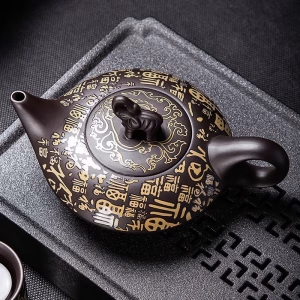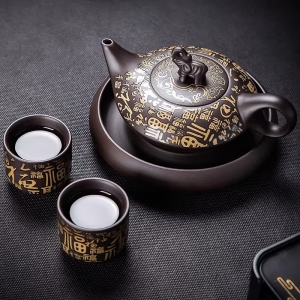The Artisan Legacy of EuropeEurope’s handmade souvenir traditions are deeply rooted in regional craftsmanship, where centuries-old techniques collide with local identity. In Italy, Venetian glassblowers on Murano Island still produce delicate figurines using methods unchanged since the Renaissance, while Czech artisans in Bohemia hand-cut crystal into intricate patterns that catch light like prisms. Moving north, Scandinavian countries offer minimalist woodenware – from Swedish Dala horses carved from pine to Finnish kuksa drinking cups hollowed from birch burls. What makes European souvenirs distinct is their connection to guild systems; many workshops maintain apprenticeship models that ensure skills pass through generations. Industry reports suggest authentic handmade European souvenirs account for around 6%–12% of total tourist purchases, as mass-produced imitations dominate cheaper markets.

Asia's Living Craft TraditionsAsian handmade souvenirs embody philosophical concepts through material choices. Japanese kokeshi dolls, turned from cherry wood and painted with kimono patterns, reflect wabi-sabi aesthetics of imperfection. In Bali, offerings like batik textiles use natural dyes in symbolic motifs – a single sarong can take 30 days to complete. Thailand’s northern hill tribes craft silver jewelry with repoussé techniques depicting spirit animals, while Indian states specialize in distinct forms: Kashmir’s papier-mâché boxes show Persian influences, Tamil Nadu’s bronze statues follow Chola-era casting methods. Unlike Western souvenirs often made for display, many Asian crafts serve ceremonial purposes – Tibetan singing bowls or Indonesian wayang puppets retain spiritual functions beyond decoration. The tactile nature of these objects carries cultural narratives that factory replicas cannot replicate.
From the embroidered molas of Panama’s Guna people to Moroccan zellige tilework, regional souvenir traditions map humanity’s creative diversity. These objects gain value not through perfection, but through the visible hand of their makers – slight asymmetries in Navajo turquoise jewelry or the tool marks on African ebony carvings become authenticity markers. As travelers seek meaningful connections, handmade souvenirs transform from mere mementos into cross-cultural dialogues, preserving techniques that define place and identity in an increasingly homogenized world.
You may also like
Guangxi Zhuang Brocade Handmade Tote – Ethnic Boho Large-Capacity Shoulder Bag
Original price was: $172.00.$150.00Current price is: $150.00. Add to cartBambooSoundBoost Portable Amplifier
Original price was: $96.00.$66.00Current price is: $66.00. Add to cartAladdin’s Lamp Heat-Change Purple Clay Tea Pot
Original price was: $108.00.$78.00Current price is: $78.00. Add to cartThe Palace Museum Paper-Cut Light Art Fridge Magnets: Chinese Cultural Style Creative Gift Series
Price range: $27.00 through $36.00 Select options This product has multiple variants. The options may be chosen on the product pageHandwoven Zhuang Brocade Tote Bag – Large-Capacity Boho Shoulder Bag
Original price was: $178.00.$154.00Current price is: $154.00. Add to cartAncient Craftsmanship & ICH Herbal Beads Bracelet with Yellow Citrine & Silver Filigree Cloud-Patterned Luck-Boosting Beads
Original price was: $128.00.$89.00Current price is: $89.00. Add to cart












